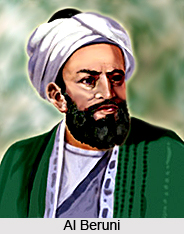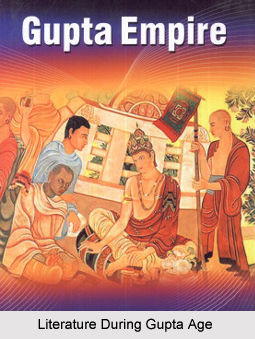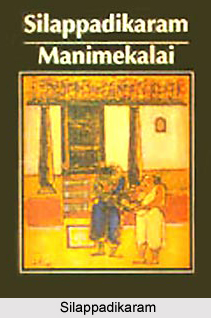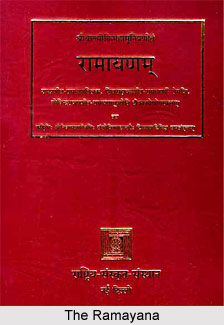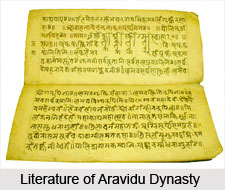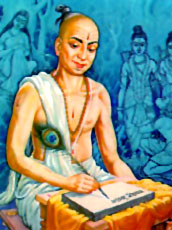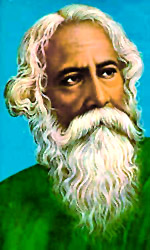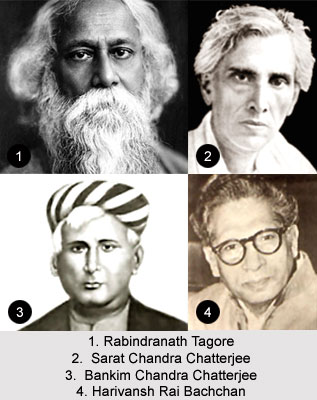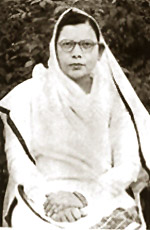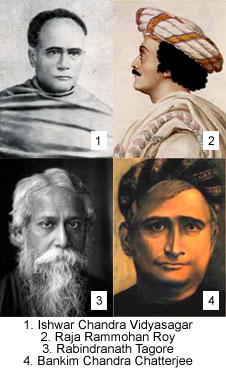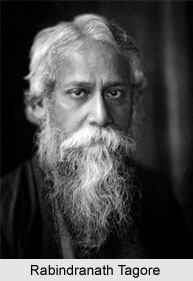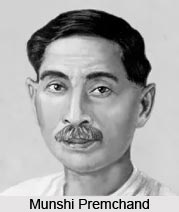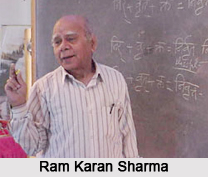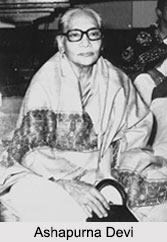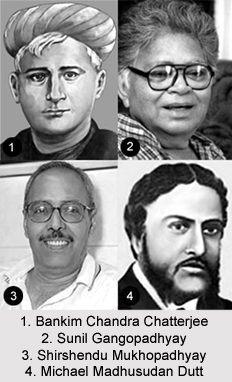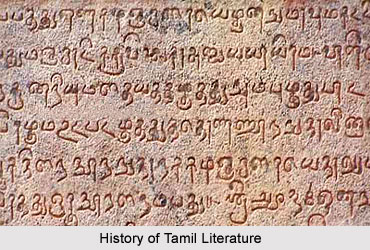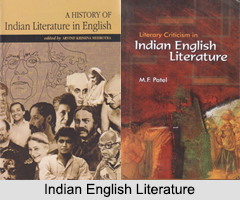Dhan Gopal Mukherji was born on 6th July 1890 in a small village near Calcutta. He was the first author of Indian descent who lived in the US and wrote about Indian life for American readers. His father was a lawyer. He has come from an orthodox Hindu family. Dhan Gopal Mukherji studied at Duff School, now known as Scottish Church Collegiat School, then at University of Calcutta.He took further higher education at Tokyo University in Japan and at the University of California, Berkeley and Stanford University in the U.S.
During the day when Dhan Gopal was in Calcutta University he came in contact with the ideas of the Bengal resistance along with his famous brother Jadugopal Mukherjee.Dhan Gopal later wrote a memoir about Jadu Gopal, titled My Brother`s Face. In japan he studied industrial machinery.initially he was fascinated by the model of industrialisation of the west but he was later shocked by the poor condition of industrial labour.Then he went to San Francisco.
In San Fransisco along with his learning in University of California he started writing to pay the college fees. In 1916 he wrote Rajani or Songs of the Night a book of poems, and Laila Majnu a musical play in three acts, both published by Paul Elder and Co.of San Francisco. Dhan Gopal had full of revolutionary socialist ideas, which he got from his elder brother. He was also aware of the plight of the underclass, the white middle class, Negroes and other East Asian immigrant groups. Due to this socialistic view and poor financial condition he had to leave the University of California. After this he took admission to Stanford University and graduated in 1914.
From 1920 Dhan Gopal started writing enormously.. Mukherji wrote about 25 books of poetry, drama, fiction, children`s stories, biography and autobiography. Dhan Gopal married Ethel Ray Dugan, an American artist and painter, in 1918.He wrote many children`s book Like- Kari the Elephant (1922)Ghond, the Hunter (1928), The Chief of the Herd (1929), Hindu Fables for Little Children (1929), Rama, the Hero of India (1930),and The Master Monkey (1932).In 1928 he was awarded Newbery Medal by the American Library Association for his famous book Gay Neck, the Story of a Pigeon(1927).
Most of his works werebased on the stories which he had heard in his child hood days and his experiences in India.Among his other writings A Son of Mother India Answers (1928), Devotional Passages from the Hindu Bible and Visit India with Me (1929), Disillusioned India (1930) and My Brother`s Face (1932). The Face of Silence (1926) is mentionable.
Dhan Gopal Mukherji also acted as Gandhi`s representative at the League of Nations from 1924-1934.Later he raised funds for the Indian liberty. At the same time he was associated with fellow exiles like M.N. Roy, the founder of the Communist Party of India, In his later phase of life he was very much depressed and isolated due to tangle with his wife. To shun this unhappiness he drove him into spirituality. Failing to avoid his dejection Finally, in 1936,at the age of 64 he hanged himself on July 14, in 1936 in New York City.

